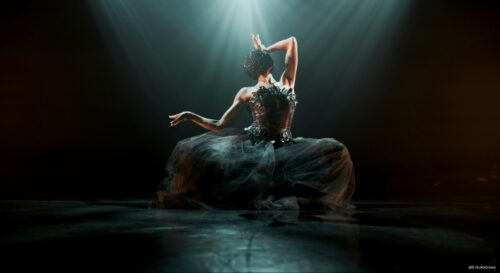
By Judy Carmack Bross
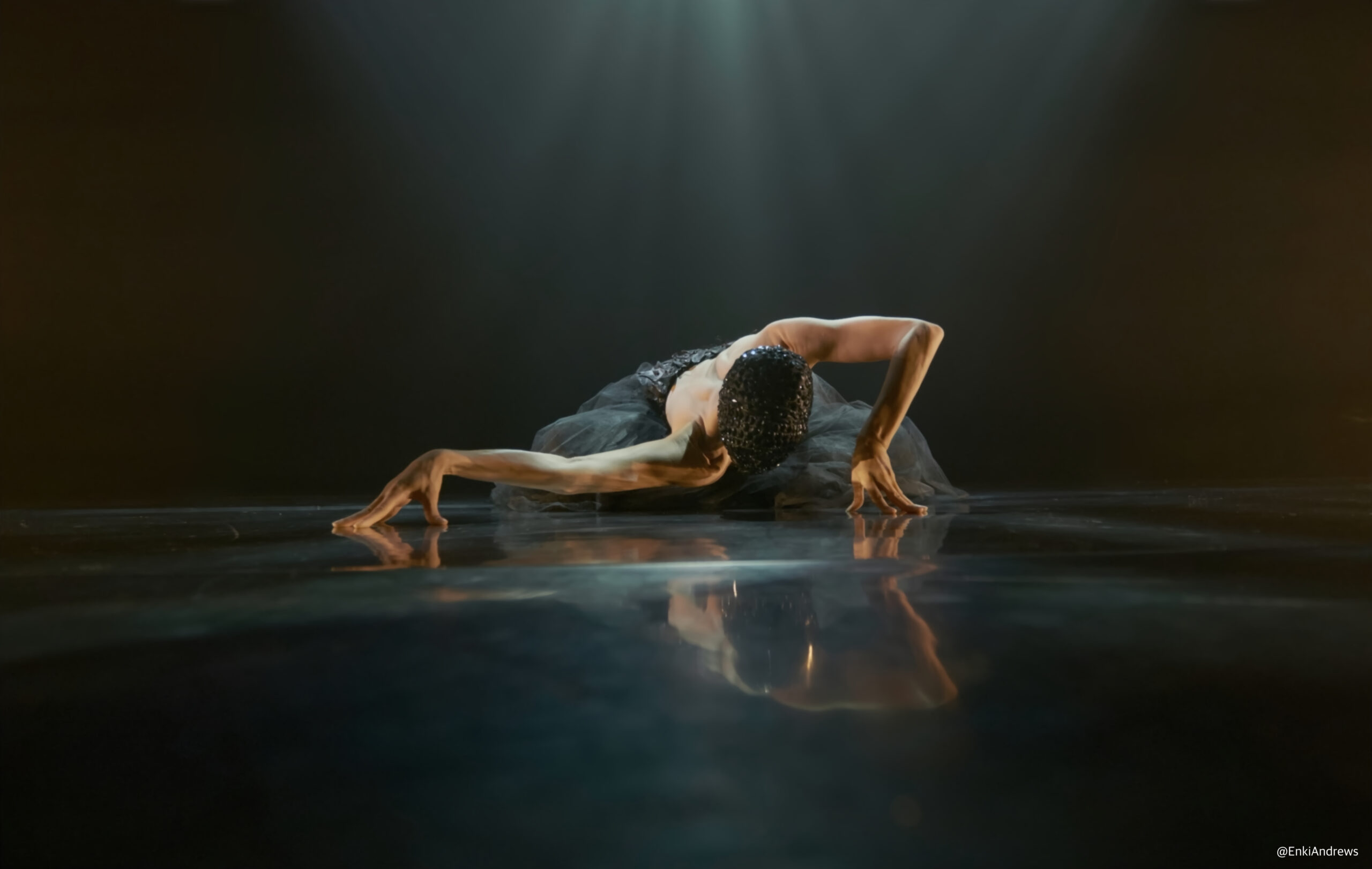
The Other Witch: Danced by Nejla Yatkin
Halloween may be over but witches are in abundance this November. Before the much acclaimed “Wicked” arrives in movie theaters, “The Other Witch”, an evocative solo dance work by award-winning German choreographer and Guggenheim Fellow Nejla Yatkin, will make its much-anticipated live debut at the Ruth Page Center for the Arts on November 9th. It marks the transition of the piece from screen to stage, offering audiences a rare opportunity to experience this haunting work in a dynamic new form.
Originally conceived during the COVID, “The Other Witch” was first presented as a three-part solo dance film during the Columbia Dance Center’s fall series. Created with the support of the Chicago Dancemakers Forum Award, this powerful work explores the archetypes of the witch and the shaman, blending dance, ritual, and multimedia elements to delve into themes of shadow, otherness, and transformation. Inspired by Mary Wigman’s legendary Hexentanz (Witch Dance), Yatkin’s piece combines ritualistic movements with immersive visuals, offering a profound exploration of the human psyche.
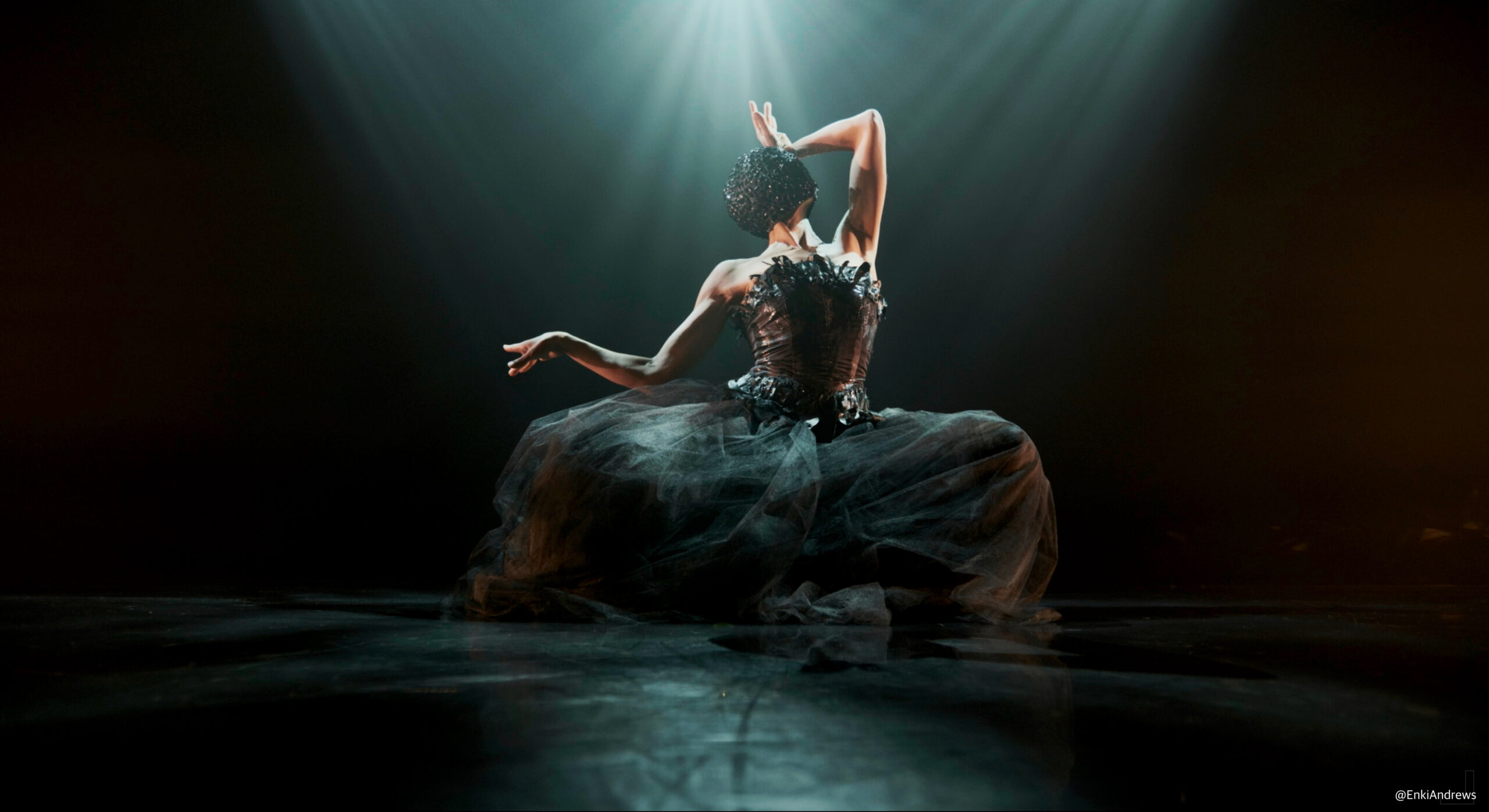
Nejla Yatkin as “The Other Witch” as photographed by Enki Andrews.
The live performance will also serve as a tribute to composer Shamou, who collaborated with Yatkin on the original film score but sadly passed away on September 9th, 2024. Yatkin dedicates this performance to his memory, saying, “Shamou’s music was the heartbeat of ‘The Other Witch,’ and his presence will be felt in every note of this live performance.”
“The Other Witch” received widespread acclaim for its ability to evoke “an otherworldly atmosphere” during a time of global uncertainty, with critics praising Yatkin’s masterful use of light and shadow.. A post-show discussion, moderated by historian and dramaturg Susan Manning, will offer further insights into the work’s rich layers and its fascinating exploration of transformation and identity.
Reflecting on the transition from screen to stage, Yatkin shared, “The move to a live performance introduces a new dimension. While the virtual format allowed for deep personal reflection, the live performance will amplify the communal energy, inviting the audience to engage directly with the space, music, and dance in a shared ritualistic experience.”
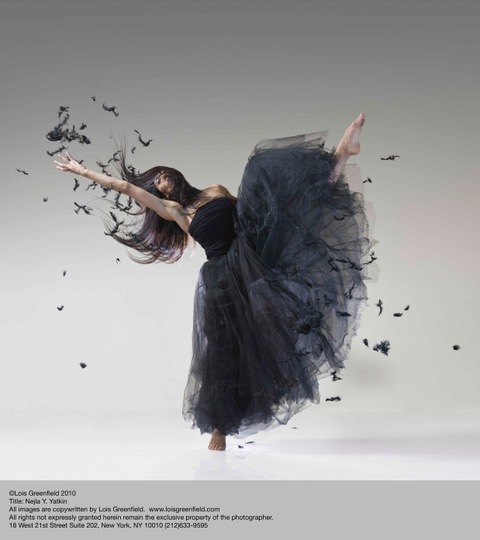
Yatkin as photographed by Lois Greenfield.
We were delighted to learn more about Yatkin and her creativity.
CCM: Does the dance relate to “The Wizard of Oz”? How do you convey the character of being a witch through dance?
NY: “The Other Witch” is not directly related to “The Wizard of Oz” but instead draws inspiration from Mary Wigman’s “Hexentanz”, a groundbreaking early 20th-century solo dance that explores the archetype of the witch as a symbol of feminine power, rebellion, and transformation. Through dance, I convey the character of the witch by embodying her mystique and strength, using movements that evoke both fluidity and sharpness, and incorporating light to reveal hidden facets of her identity. The witch’s transformation is expressed through dynamic shifts in energy and the interplay between light and shadow, creating a sense of constant evolution and ambiguity.
CCM: What are the techniques that you share through dance?
NY: In my work, I share a variety of techniques that blend modern dance traditions, theatrical expression, and improvisation. Having studied extensively in techniques such as Horton, Graham, and Limón Dance, I incorporate their principles of grounded movement, fluidity, and dramatic physicality. Additionally, I draw from dance theater and theatrical techniques to create performances that deeply engage both the body and emotion. These methods, combined with inspiration from natural patterns like spirals, circles, and waves, allow me to explore themes of transformation, interconnectedness, and storytelling through dance.
CCM: Where have your travels taken you for this performance?
NY: “The Other Witch” was created during the pandemic, and though it was never performed fully live, it has traveled extensively as a film. In 2021, it was presented as a film in three parts at the Dance Center at Columbia College here in Chicago and later parts of the dance was shown live at the International Contemporary Festival in Santo Domingo and at Trillium Arts Center in North Carolina. The film also traveled internationally to Dance on Camera Film Festivals in India, Mexico, Norway, and Chile, allowing this work to resonate with diverse audiences across the globe. After its long journey as a film, IT will finally be performed live in Chicago at the Ruth page Center For the Arts on Nov. 9th, and following this premiere, it will travel to Center Stage in Reston, Virginia. This marks an exciting new chapter for the piece as it moves from screen to stage, bringing its full live energy to new audiences.
CCM: What were the steps you went through to develop your style of dance?
NY: The development of my dance style has been a deeply personal and evolving journey. I began by studying extensively in various modern dance techniques, including Horton, Graham, and Limón, which gave me a strong foundation in strength, fluidity, and grounded movement. I also studied Ballet to build strength and fluidity. My formal training continued at Die Etage, a professional performing arts program in Berlin, where I refined my technical skills and deepened my understanding of performance. I then expanded into dance theater, exploring how to merge movement with narrative and emotional depth, using the body as a tool for storytelling. Nature also plays a significant role in shaping my style, with patterns like circles, spirals, and waves informing how I think about shaping the space through motion, how I create movement to transform the space. Improvisation has been key throughout my journey, helping me connect with the inner landscapes of emotion and intuition. Through years of study, travel, and collaboration with artists across the globe, I’ve developed a style that integrates tradition with a constantly evolving, responsive approach to the world around us.
CCM: Tell of the people you honor with this performance.
NY: With “The Other Witch,” I honor several key influences and figures whose presence has deeply shaped this work. First and foremost, I pay homage to Mary Wigman, whose Hexentanz inspired the piece. Wigman’s exploration of the witch as a symbol of feminine power and transformation laid the groundwork for my own creative journey, and this performance serves as both a tribute and a continuation of her groundbreaking legacy. I also honor my long-time collaborator and dear friend, composer Shamou, whose music and creative spirit played a pivotal role in shaping my work. His passing in September 2024 has left a profound impact on me, but his music continues to live on in this piece, infusing it with a depth that reflects our shared creative vision. Lastly, this performance is a tribute to all women who have been marginalized, misunderstood, or silenced. Through the figure of the witch, I celebrate their strength, wisdom, and resilience, offering a space for their voices and stories to be reclaimed.
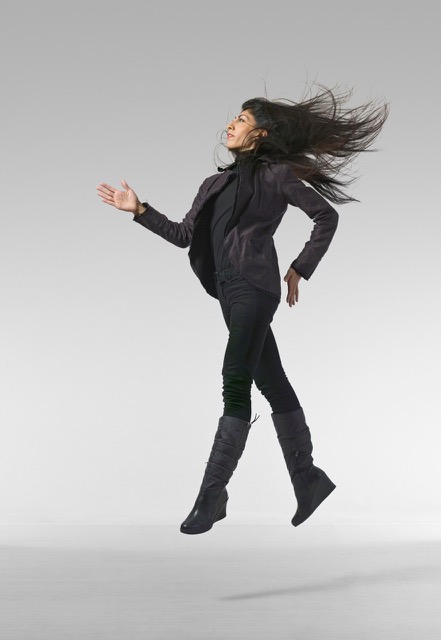
Yatkin as photographed by Lois Greenfield.
CCM: In this performance, how do you draw in the audience?
NY: In “The Other Witch,” breath is essential in expressing the different states of being that flow through transformation. Breath serves as more than a physical necessity—it is a profound connector that aligns us with the universe itself. When we breathe, we aren’t simply taking in air; we are breathing in the energy of the universe and exhaling it back out. This creates a deep, shared rhythm between myself and the audience, allowing us to connect through time and space. As I move through different states of transformation, breath guides each shift in energy, creating a sense of flow that the audience can feel. The cyclical nature of breathing mirrors the ongoing process of change, making the experience immersive and unspoken, as though we are collectively participating in these transformations. Breath creates a space where the audience can engage not through narrative, but through the visceral sensation of being connected to the same universal energy that moves through all of us. This is where I feel the audience will engage most, as they are drawn into a shared moment of presence, transformation, and connection.
CCM: Where did you grow up and what type of dance did you enjoy watching as a child?
NY: I was born in Berlin and spent my first four years growing up in Anatolia with my grandparents. In those early years, I watched nature dance around me—the mountains, the clouds, the shifting light, the stars, and the animals I encountered. Nature was my first introduction to movement. Later, when I moved back to Berlin to be with my parents, I fell in love with watching Hollywood movies, especially the elegant dances of Fred Astaire, Ginger Rogers, and Gene Kelly. At the same time, I was captivated by Turkish folk dances and Bollywood movies. Anytime I saw people dancing on TV, I was completely absorbed, fascinated by the ways movement could express so much.
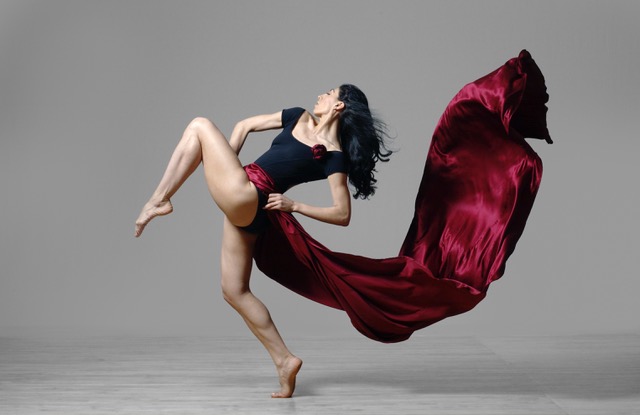
Yatkin as photographed by Lois Greenfield.
CCM; How do you develop a dance in your mind?
NY: I develop dance in my mind as both a visual and kinesthetic experience. Sometimes it starts with a sensed feeling or emotion that I follow as an impulse, and other times it begins with a clear visual image that I further shape in the studio. Music, a poem, a story, or even patterns I’ve observed in nature often inspire the movement. There’s also the memory of the body and how it has encoded movement over time, guiding the choreography. My personal experiences play a big role as well, influencing how the dance takes shape in my mind, allowing each piece to evolve uniquely from these various inspirations.
CCM: I know you are an accomplished teacher—how best to teach others?
NY: Yes, I have been teaching since I was 17 years old, working in dance academies, colleges, adult programs, and teaching both professional and non-professional students. Over the years, I’ve taught modern dance, ballet, and jazz, but since I no longer teach regularly, my focus has shifted toward movement exploration inspired by nature. This allows me to stay fluid in my teaching and adapt to all kinds of levels and abilities. The most important thing I’ve learned is that teaching is about building trust and creating a safe space where people can express themselves through their bodies. The body is an incredible vessel that holds all of our experiences, both consciously and unconsciously. Through movement, we bring those experiences to the surface, allowing dance to serve as a powerful tool for self-discovery. There is no hiding with the body—it reveals everything, and my role is to guide individuals through that vulnerable yet liberating process in a supportive environment.
Tickets for the November 9th performance are only available online at Eventbrite due to limited availability. For more information please visit, Eventbrite.com



